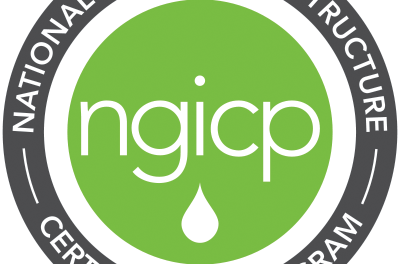
Floating treatment wetlands at Parklakes II in Queensland, Australia. Image from Sunshine Coast Council
Parklakes II, a master-planned residential community within Bli Bli on the Sunshine Coast of Queensland, Australia, will soon be home to a unique floating wetland installation. The first of the 230 pontoons that support the vegetation were launched Nov. 25. Eventually the pontoons will cover 2100 m2 of a 2.5 ha lake and will be made from recycled bottles.
This $1 million installation will be one of the largest floating wetlands constructed within a greenfield development. The wetland reeds planted on the pontoons will help to filter stormwater runoff from the 436-lot development.
The innovative project is a result of a strong commitment to improve local waterways. It is a collaborative effort between the Sunshine Coast Council, local engineering consultancy Covey Associates, and the University of the Sunshine Coast (USC).
“With constructed wetlands, you typically have to wait until 60% to 80% of the development is complete before they can even start to be constructed,” said Covey Associates Environmental Manager Christopher Walker. “This is because sediment from ongoing construction works can impact the health of wetland plants, even with upstream site management. The floating wetlands sit on top of the water, so this isn’t an issue.”
The system will be the subject of a 3-year research project by USC. Researchers will investigate, monitor, and evaluate the performance of the floating treatment wetlands.
“One of the important aspects of the research study is that the investigation will be undertaken on a full-scale [floating treatment wetlands] field installation rather than just using laboratory-based experiments,” said Terry Lucke, who leads USC’s stormwater research group in the School of Science and Engineering. “These results will be more appropriate and better aligned to the requirements of regulatory authorities on the eastern seaboard of Australia and elsewhere.”




